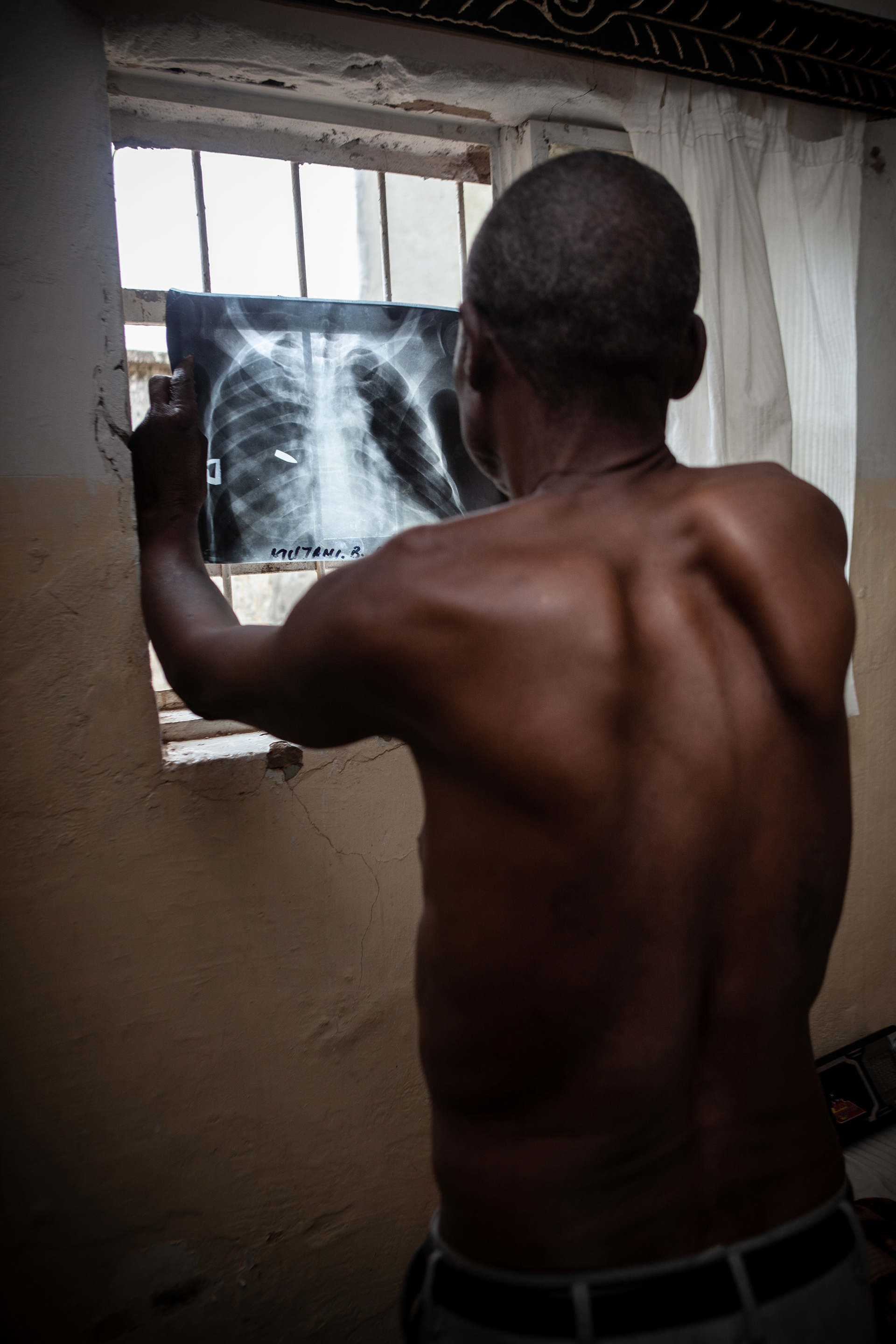THE COPPER EATERS
MSH PHOTOGRAPHY FELLOWSHIP GRAND PRIZE 2013 - SOPHOT AWARD 2013 - 53rd BOURSE DU TALENT FINALIST 2013 - SAINT BRIEUC PHOTOREPORTER FESTIVAL GRANT 2012 - PHOTO PHILANTROPY AWARDS PROFESSIONAL FINALIST 2012 - ANI VISAS SHORLISTED 2011
The "copper belt" situated in the Southeast of the Democratic Republic of the Congo, holds 34 % of the world reserves of cobalt and 10 % of the world copper reserves. Early 2011, the copper price reached its historic record: $10000 US per ton on the London Metal Exchange. Since then, the trend continues, maintaining the price at more than $8000 US per ton. Taking advantage of this unprecedented boom and of the liberalization of the mining sector organized by the World Bank at the beginning of 2000s, immense fortunes are made shielded behind an opaque management of the revenues. Until now, this wealth has benefited only a minority of wheeler-dealers close to the power. Paradoxically, the situation of the some 200000 "creuseurs" (artisan miners) who make up the majority of the workers has worsened. This sharp rise in prices has attracted multinational companies that chased thousands of them away from the richest sites. Only 25 % of this non-qualified workforce were re-employed by the formal sector. The others make do with the exploitation of the backfills or the waste water of the industries, still decreasing their life expectancy as well as their income. The revolts are not rare but are violently repressed.

The annual meeting of the well-to-do in Lubumbashi, the Derby organized by Georges Forrest, a Belgian entrepreneur nicknamed "Viceroy of Katanga" who made a fortune by initiating public - private partnerships after the fall of the Gécamines, has hints of neo-colonialism. The Belgian community and the "Rhodesians" of nearby Zambia are strongly represented.

The Frontier copper mine in Sakania, on the border with Zambia, in the extreme southeast of the mining province of Katanga, is the property of the opaque Luxembourg-based Kazakh-founded company ERG (Eurasian Resources Group).
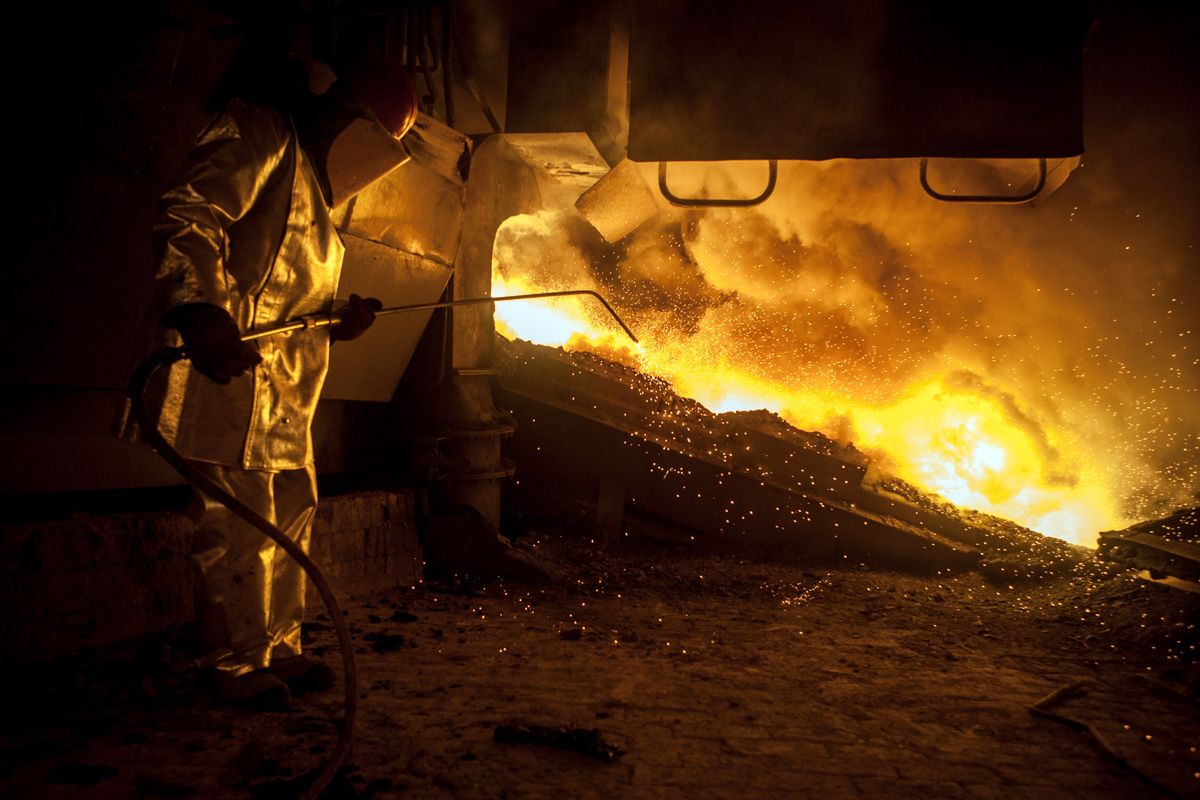
The annual meeting of the well-to-do in Lubumbashi, the Derby organized by Georges Forrest, has hints of neo-colonialism. The Belgian community and the "Rhodesians" of nearby Zambia are strongly represented.

A party organized in the Grand Hôtel Karavia, built in 2010 to accommodate the new entrepreneurs, attracted by the soaring price of copper and cobalt.

Following the ruin of the Gecamines at the beginning of 1990s, the Factory of Lubumbashi was largely plundered. The World Bank funding in the 2000s allowed only a very partial rehabilitation of the installations.
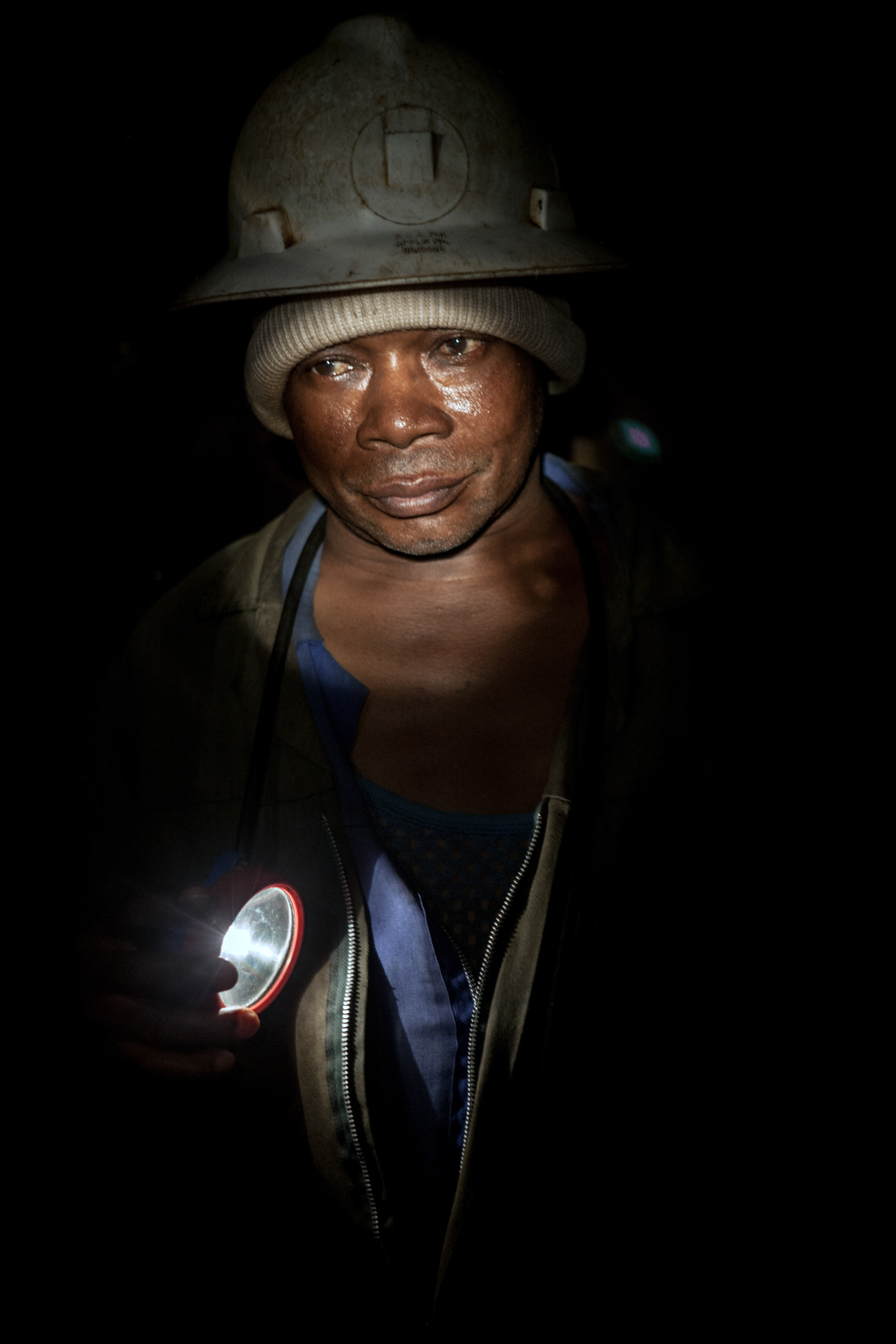
An employee of the Gecamines in Kipushi : in 2003, in this site, only 300 employees of an initial staff of 2500, kept their jobs. The monthly salary of a miner is about $200 US and payments have a delay of 45 months...

The entrance of a 30m deep well in the artisanal carry of Kapata, 17km away from Kolwezi.
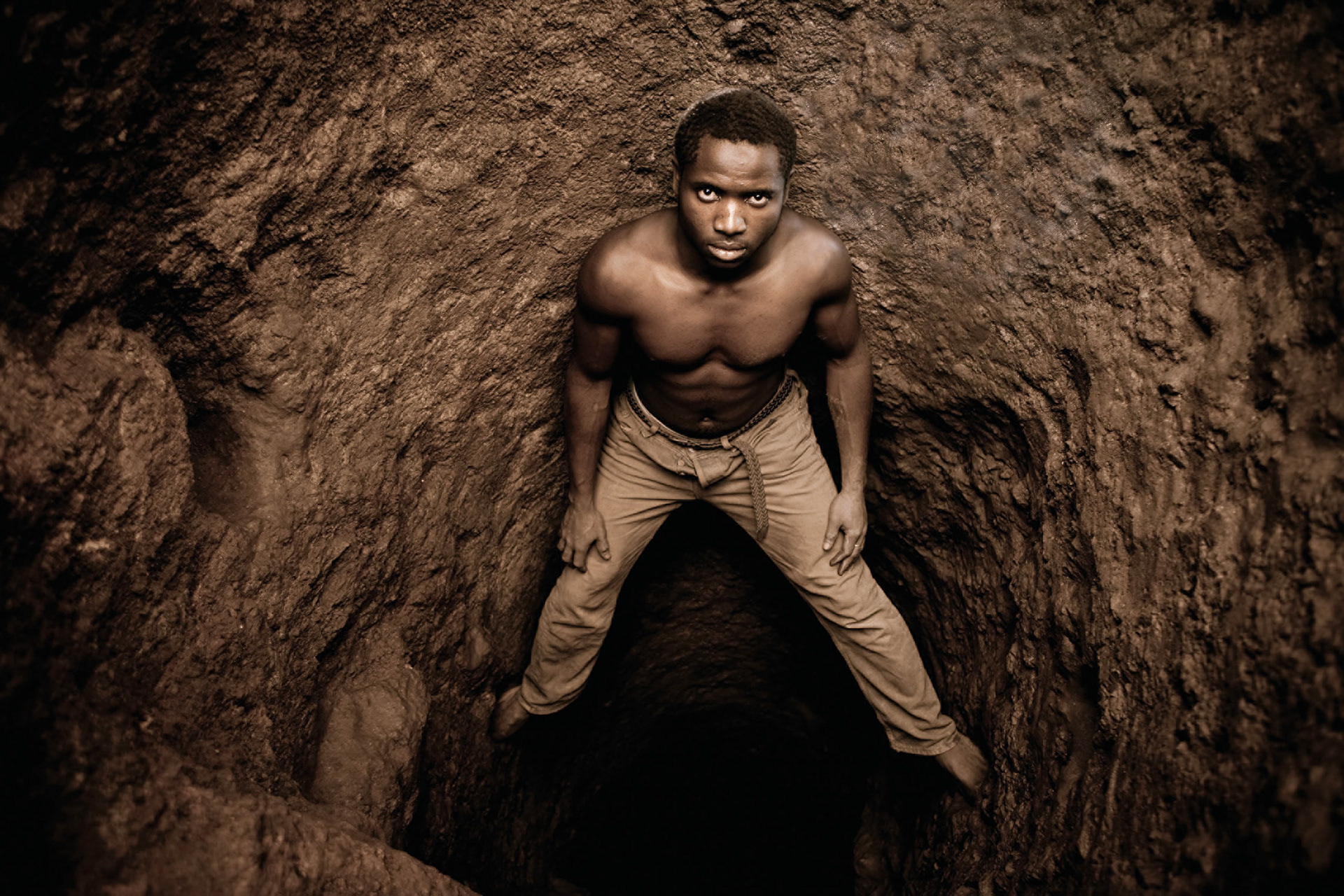
Without boots or helmets, artisan miners sink into vertical galleries which can reach 60 meters deep.
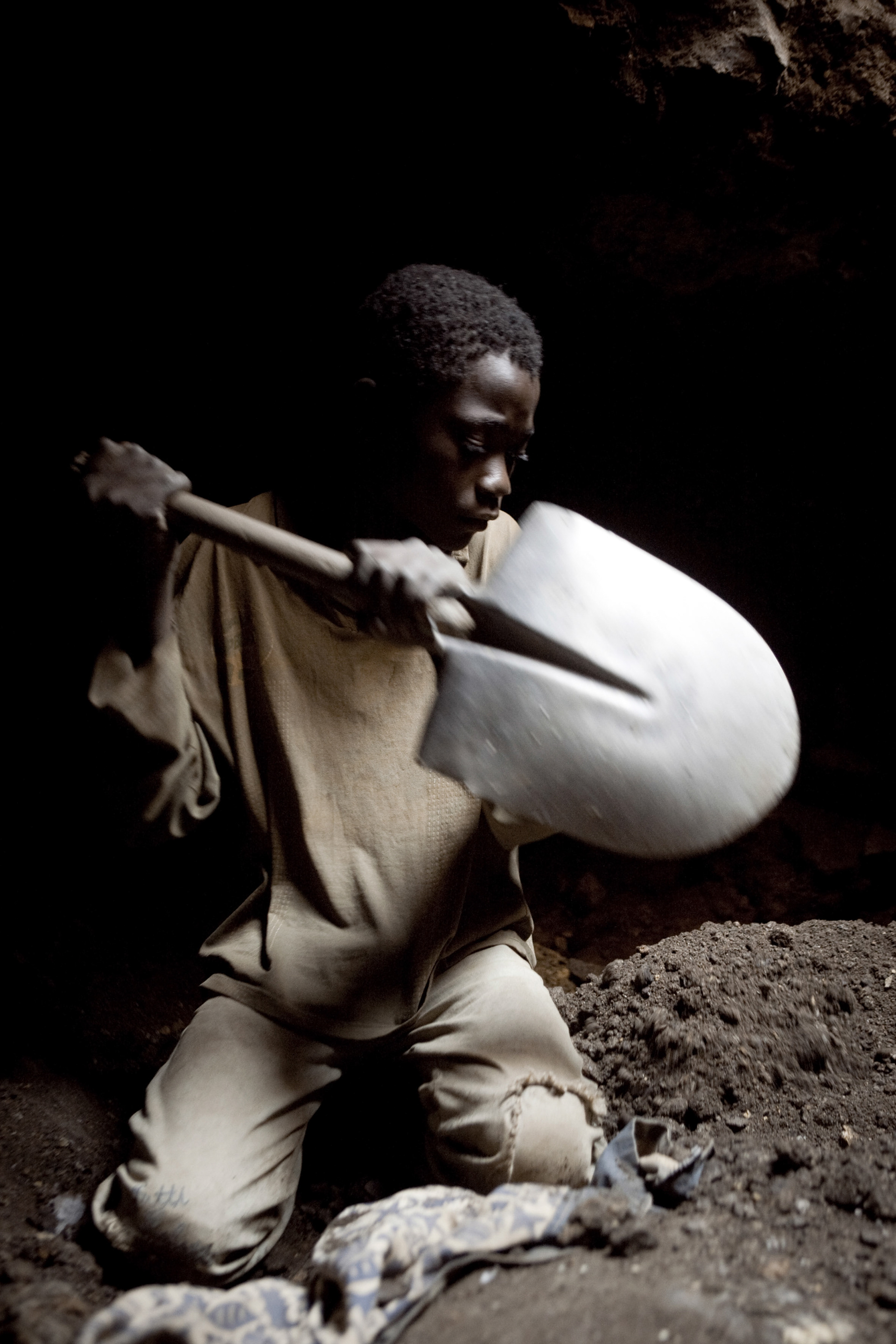
Being small and agile, children are able to sneak into narrow galleries, exposing themselves to often fatal accidents.

The sorting and whashing of the ore, considered as light works, are usualy left for women and children.

Thin income pushes women and children in the mines and quarries of the region.
